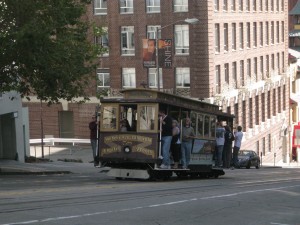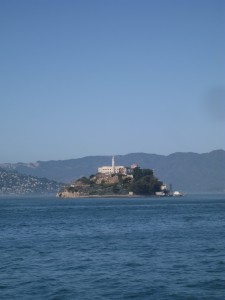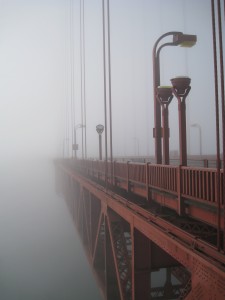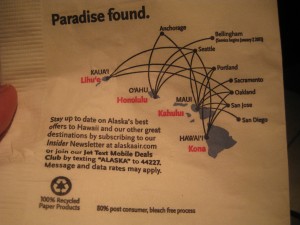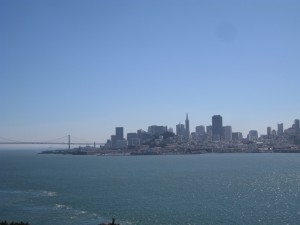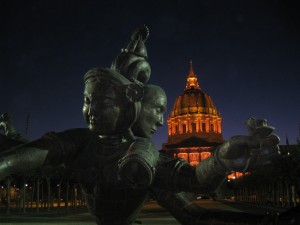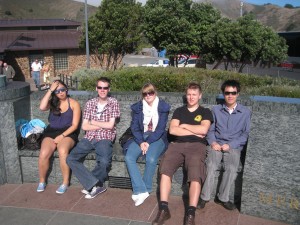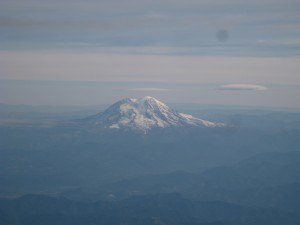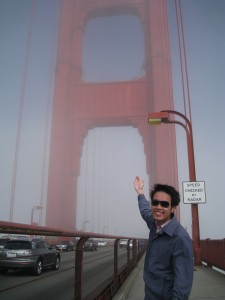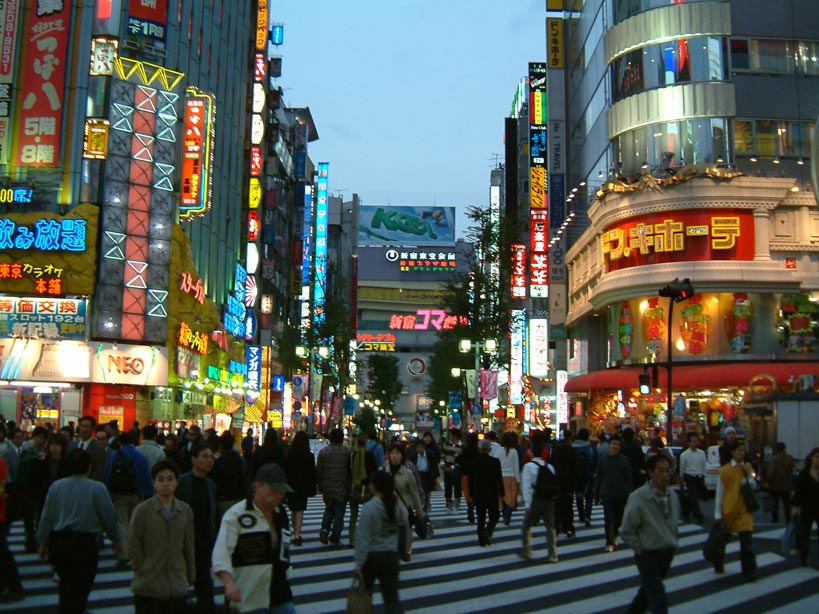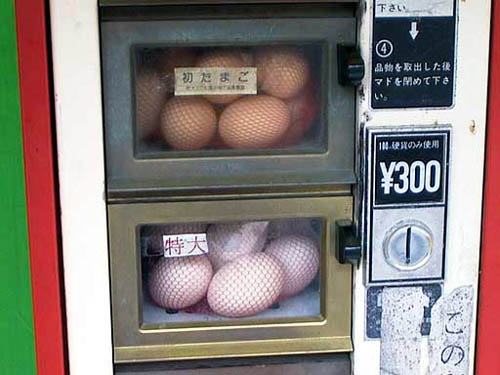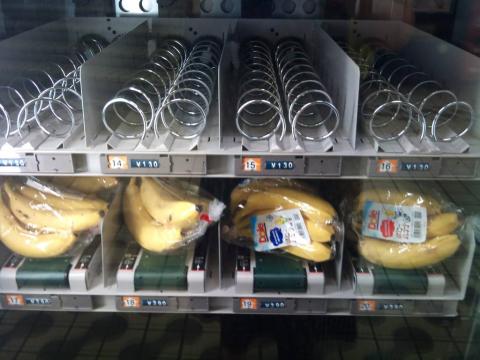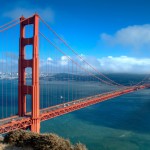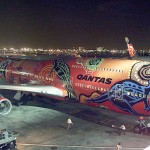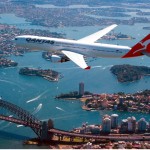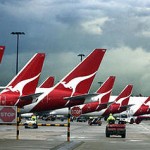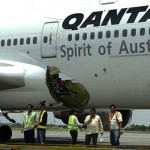Having come back from San Francisco and flown with Alaska Airlines, I can now blog on my postpurchase experience of the airline’s service.

I was thoroughly impressed by Alaska Airlines – they really did satisfy my needs and wants. Check-in was very efficient. They have streamlined the process by installing self-serve electronic check-in booths, thus saving time for travellers. There was also good ground customer service. Alaska Airlines customer service agents were at hand to help me with the check-in service.
Boarding was also efficient. As soon as I stepped onto the aircraft, I felt welcomed by the flight crew. Not only was there pleasant music in the background, but the flight crew made several announcements, during boarding, detailing the estimated time of departure, the route and the journey time. Both the outbound and inbound flights departed punctually and arrived earlier than scheduled. The seats were actually quite comfortable and there was sufficient legroom. The upholstery was leather. To my surprise, there were complimentary drinks and snacks. For me, this complimentary service certainly added value to the service.
During the inflight service, I noticed that my napkin promoted Alaska Airline’s direct services to Hawaii from a range of mainland American cities, and was asking passengers to subscribe to their newsletter. It was informative and I thought that this advertising strategy was good because it reached a wide group of travellers (i.e. all passengers on the flight), and communicated its message effectively through catchy phrases, diagrams and logos. I also learnt from the napkin that Alaska Airlines is interested environmental sustainability as the napkin was made of 100% recycled material in a bleach free process. By being green, Alaska Airlines has increased its value of its services by appealing to consumers who are becoming more environmentally-conscious.
Finally, there were posters throughout the aerobridges and around the baggage claim area stating that if luggage was not at the baggage claim belts within 20 minutes of the plane parking at the gate, Alaska Airlines would offer a $20 discount for future Alaska Airlines flights or 2000 Alaska Airlines Mileage Plan bonus miles. This baggage service guarantee was also advertised on their website. In this way, Alaska Airlines has very cleverly tried to reduce the perceived risk of flying with them and hence, reduced the chances of postpurchase dissonance. (I wanted to take photos of this advertisement but I couldn’t because it would look too weird).
In the future, I would be more than happy to fly with Alaska Airlines. However, whether I will be reluctant to patronise other airlines in favour of Alaska Airlines is doubtful because, at the end of the day, there is so much competition out there in the airline industry. So for every airfare I buy, I would still conduct a long search of alternative airlines and evaluate them according to my evaluative criteria: airfare prices, departure times, meals, safety, service, reputation/brand image, aircraft type and punctuality.
Nonetheless, Alaska Airlines have earned themselves a spot in my “evoked set” of North American airlines!
